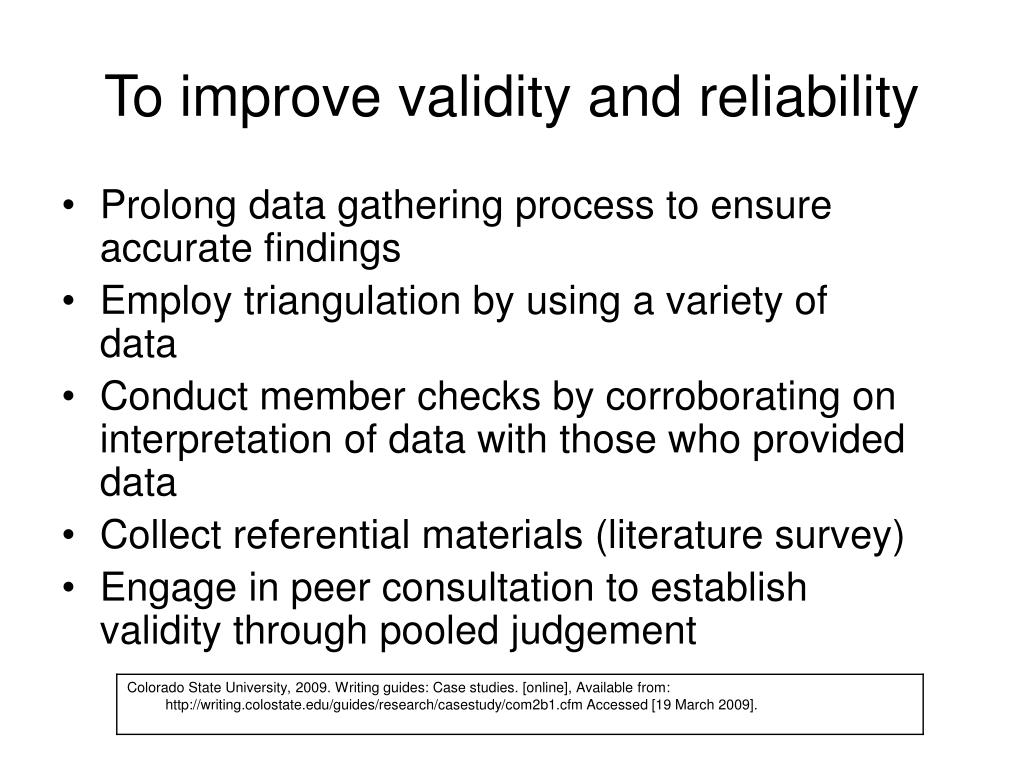
A technical domain usually comprises of system constraints or pre-defined field requisites such as syntax, value type, maximum length and format etc. It is also not uncommon for organisations to define the domain as a mix of technical and business constraints. The defined domain can either be technical or business oriented. In other words, a data set can only be considered valid if and only if its values are strictly confined within a ring-fenced domain. In other words, a data set can only be considered accurate if it represents exactly what it promises to represent - no hiding, no superficiality.ĭata Validity on the other hand is defined (by DAMA) as, “the degree to which data values are consistent within a defined domain”.

The fundamental differences between the two can be easily understood by a mere look at their respective definitions:ĭata Accuracy - DAMA-DMBOK (Data Management Body of Knowledge) defines the dimension as "the degree to which data correctly describes the ‘real world’ object or event being described". While there does exist some overlap between ways in which both the dimensions are defined and applied, yet, there are clearly demarcated differences that must be established before attempting to quantify data accuracy and validity levels with the help of rules and metrics. It is not uncommon for people to often interchangeably use the two data quality dimensions: validation and accuracy.


 0 kommentar(er)
0 kommentar(er)
